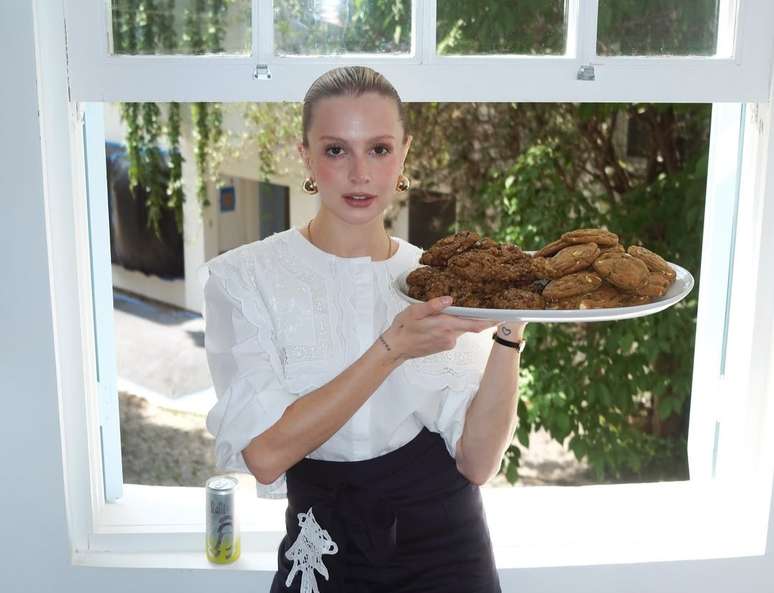Babies who are held less often tend to move more quickly and efficiently.
One of the biggest milestones in the life of a child is learning to walk on its own, and the autonomy provided by your caregivers can bring this moment forward, according to a doctoral research conducted at the School of Physical Education and Sport of the University of University of Sao Paulo (USP).
Physical educator Maylli Daiani Graciosa, under the guidance of Professor Edison de Jesus Manoel, analyzed the motor development of children and they noted that, among those who played on the floor more frequently at the age of five months, walking occurred earlier. This development, however, occurred later for those who, up to nine months, were often in the crib or in the back position.
Maylli evaluated 45 Brazilian infants, divided into three groups: G1, 5 to 11 months, with 19 children; G2, 9 to 15 months, 18 years; and G3, 1 to 6 pm, with eight participants. The results were published in the magazine Child Behavior and Development and the complete thesis can be consulted in the USP repository.
“It is an interesting article, done here in Brazil, by Brazilian researchers and published in a credible international journal”, praises the president of the Department of School Health of the Society of Pediatrics of São Paulo (SPSP), Fausto Flor Carvalho. He explains that the phenomenon had already been noticed in practice, in clinics, but there was a lack of supporting research.
Autonomy
Since the study started in 2020, during covid-19 pandemicThe children’s assessments were conducted remotely. Every 15 days, parents or caregivers sent approximately 8-minute videos showing the child’s skills.
The researcher explains that some instructions were given, such as letting the camera film the baby in his usual routine. “When the baby started walking with support, we said to the family, ‘Look, this has to be on the video, so try to leave some toys far away, so we can see how the baby will move there,'” she recalls.
Maylli says that in the videos, many of the children showed more than one behavior: crawling on their stomachs, crawling on their hands and knees, starting to use their hands and feet, walking on their knees with the support of their hands, walking on their knees without their hands, walking standing with the support of their hands, and finally walking normally without support. All of this was classified and analyzed.
“People are much more interested in the specific behavior of walking than in the child’s ability to move in the environment. I valued autonomy, encouraging the child’s autonomy in movement,” she says.
Parental behavior
One of the highlights of the research was to demonstrate that parents’ belief in using the floor as an aid in the locomotion process is crucial. Caregivers who believed in frequent stimulation and practiced it with their infants saw faster changes.
In this sense, the study has reinforced that the process of motor development is not only determined by genetic factors, but also by environmental aspects, and that it is extremely important to offer opportunities for experiences.
Many of the families involved in the study were unaware that putting their baby down was so important, something that pediatricians often hear in their offices, too.
And the doctor goes further: the advice is to place the little one on the floor without shoes or socks. “These accessories often make it difficult to perceive the floor and stability, delaying the process of walking. It is nice for the child to really feel the floor, the earth, the grass, the carpet, perceive the textures, because this is part of the apprenticeship.”
Finally, Carvalho says that the difference between taking the baby off your lap first or not is usually linked to a male figure. “Mothers tend to be more protective, to put them on their lap, so we see the ‘father factor’ in introducing them to the world,” she says, noting that any caregiver, including the mother, can take on this role and give the child greater autonomy.
Source: Terra
Ben Stock is a lifestyle journalist and author at Gossipify. He writes about topics such as health, wellness, travel, food and home decor. He provides practical advice and inspiration to improve well-being, keeps readers up to date with latest lifestyle news and trends, known for his engaging writing style, in-depth analysis and unique perspectives.









